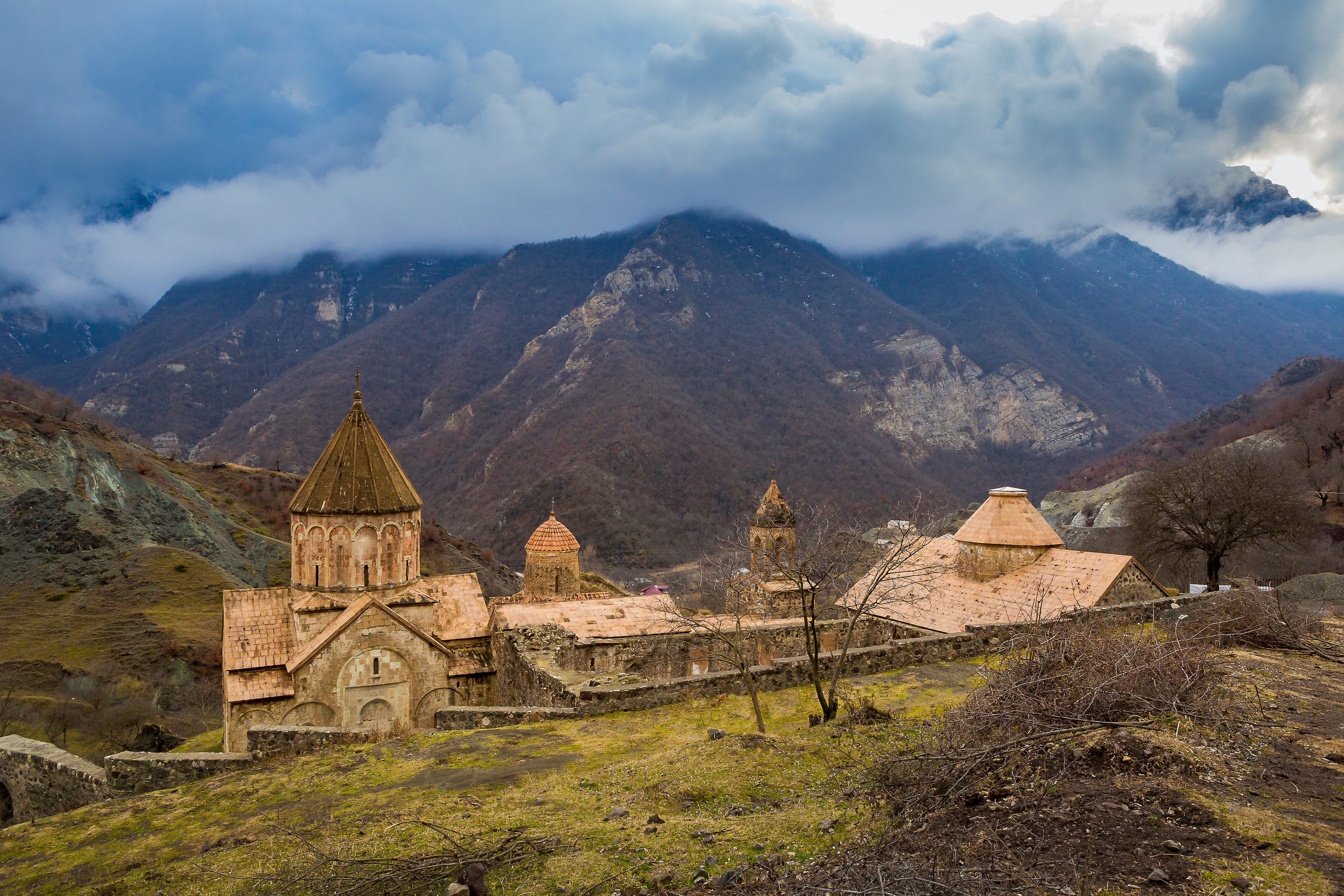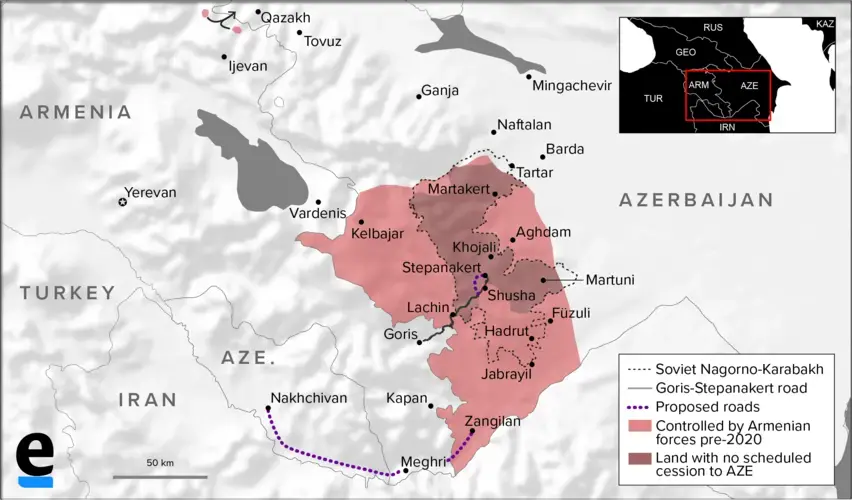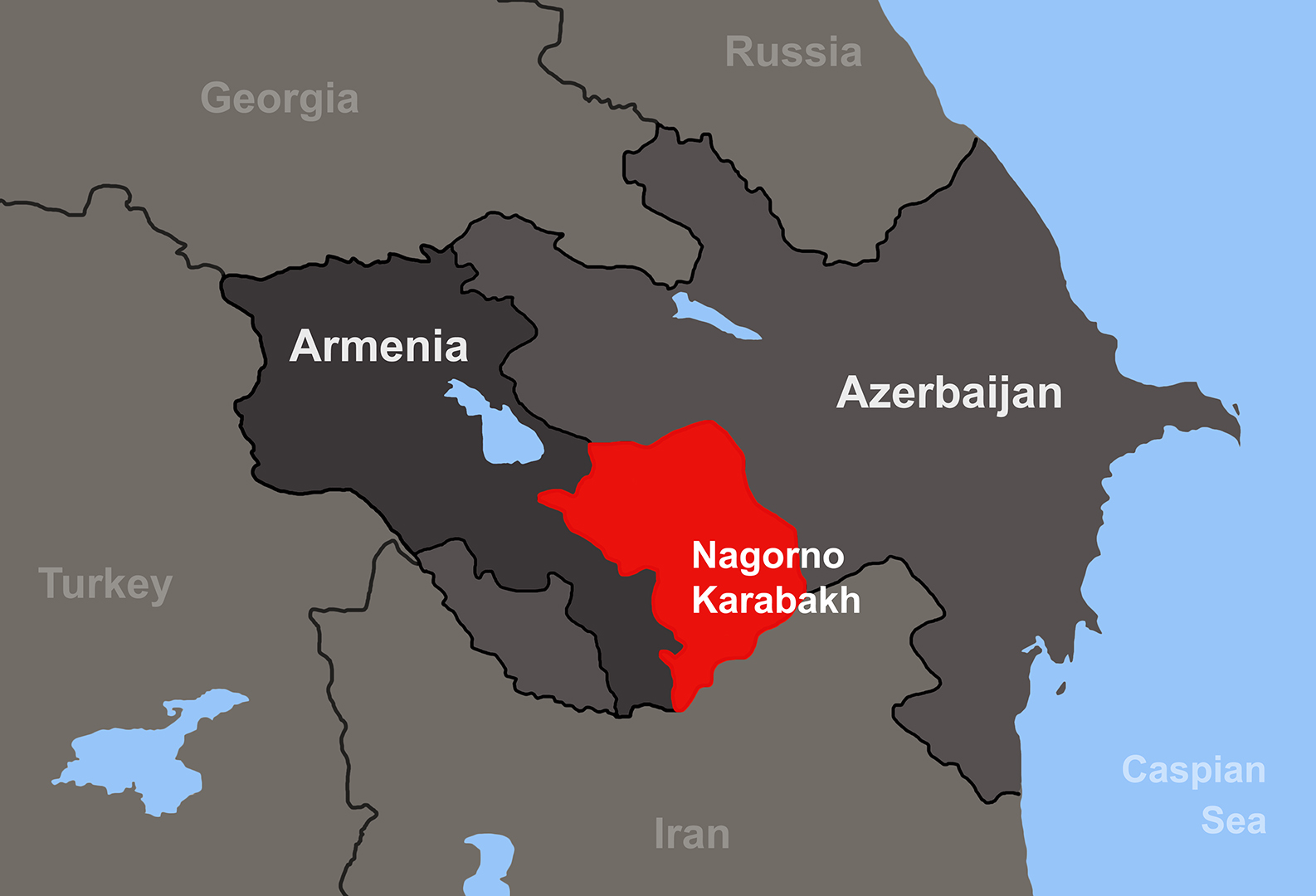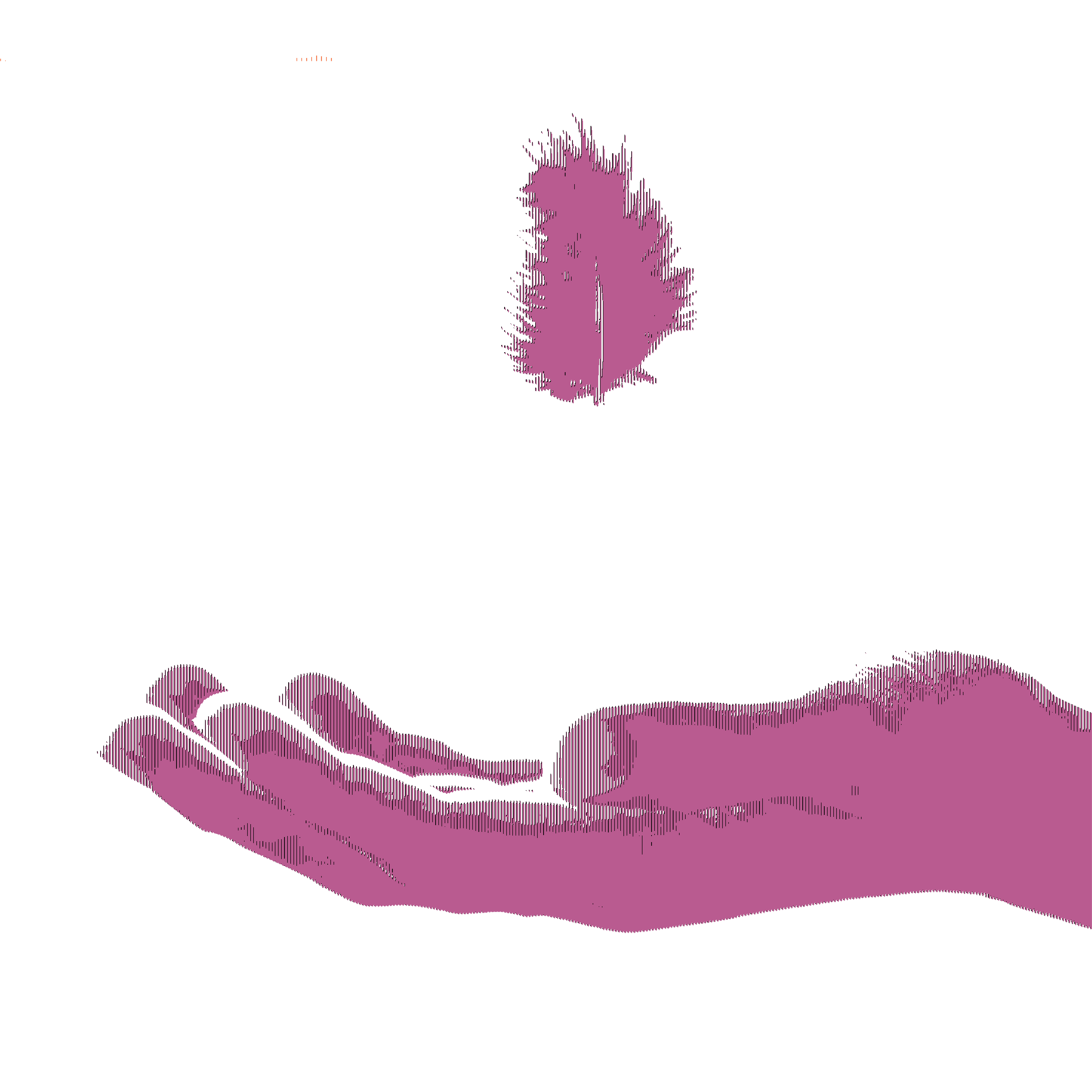
Armenia and Azerbaijan have agreed on a last-minute delay of the first territorial handover stipulated in their ceasefire agreement following a chaotic, frantic attempt by Armenians to withdraw.
According to the Russia-backed agreement signed early in the morning of November 10, Armenian forces were supposed to withdraw from the region of Kelbajar by November 15.
That gave Armenians less than a week to manage several thorny issues: moving out thousands of Armenian residents of the territory, the status of the only currently operating road leading out of Karabakh, and the fate of a beloved medieval Armenian monastery on the territory.
But in the afternoon of November 15, Azerbaijan announced that it had agreed with Armenia to extend the deadline another 10 days. The delay was due to “the insufficient capacity of the only road leading from the Kelbajar region to Armenia,” said Hikmet Hajiyev, a senior adviser to Azerbaijan President Ilham Aliyev, in a press briefing, adding that Azerbaijan agreed to the delay “out of humanitarian considerations.” As of the time this piece was published, Armenian officials had not commented.
The extension was an anticlimactic coda to what had been hectic scenes throughout Kelbajar, as Armenians had rushed both to move out the territory’s thousands of residents and to extract everything of value before the Azerbaijanis moved in. It also served as a vivid illustration of the many complications sure to come as the general principles of the ceasefire agreement meet the messy reality on the ground.
Most families in the territory managed to evacuate quickly, and when this reporter first made it to the town of Kelbajar, on November 13, virtually the only people there were men carting out what could be salvaged from the buildings that remained.
The mood was bitter and uncertain.
At the town’s school, a team of men with a semi-trailer were dismantling the roofing and stripping out the insulation. The building’s windows and doors had already all been taken out.
“I’ve lived here 22 years. I helped build this school,” said one of them, who gave his name only as Abram. Like many of the people in Kelbajar, he settled here after being expelled from another part of Azerbaijan in the first war between the two sides, in the 1990s. “Now I don’t have anywhere to go.”
Many of those still in Kelbajar saw the agreement forcing them to leave as the result of outside powers failing to come to Armenia’s aid, leaving them hopelessly outmatched as they faced the Turkish-backed Azerbaijani offensive.
At the town’s small military post, a group of soldiers was tucking into a late lunch of eggs, lavash bread, and shots of vodka. “Everyone watching us suffer now can f--- themselves,” said one of the men, Mkhtar Avanesyan. “You didn’t do anything, and now in 30 years they are going to f--- you like they f---ed us.”
Down the street at the police station, a truck stood piled high with cushioned office chairs, particle board cabinets, and radiators. “At 00:00 on November 14, we have to leave,” one of the officers, Sahak Toroyan, said. “But 5,000 people live here. Where are we going to go?”
It wasn’t clear why Kelbajar was the first territory to be handed over, given the uniquely complicated set of problems that it provides.
Before the war of the 1990s, the territory’s population of about 58,000 was almost entirely Azerbaijani. Its capture by Armenians was one of the most controversial episodes of the war, ending with the forced expulsion, under miserable conditions, of the Azerbaijani population. The taking of Kelbajar prompted Turkey to break relations with Armenia and the United Nations Security Council to issue its first resolution related to the war, calling on the Armenians to withdraw.

But Kelbajar also occupies a strategically sensitive area for Armenians, directly in between Armenia and the Armenian-populated parts of Nagorno-Karabakh. Some of the diplomatic solutions mooted over the years involved a “5+2” formula, meaning that Kelbajar and another similarly located district captured in the first war, Lachin, would remain under Armenian control while the five others that Armenia occupied would be handed back to Azerbaijan.
“Those of us who worked on negotiations always thought the issue of Kelbajar was the most difficult issue,” said Steven Mann, a former diplomat who represented the United States in the peace talks in the 2000s, in a podcast from the USC Institute for Armenian Studies recorded following the announcement of the peace deal. “It’s an insertion of Azerbaijani citizens and civilization right between two Armenian masses. So it’s a very, very sensitive area.”
“I pray that it does not turn out to be a point of contention moving forward,” he continued. “So as we look at things, as to how this agreement will hold up, I think the situation in Kelbajar is one where there really must be stability — one hopes, reinforced by Russian peacekeepers.”
During the confused withdrawal, Russian peacekeepers were for the most part scarce, as was any other law enforcement. The de facto border control between Armenia and Karabakh was abandoned, and an unpaved road south of the main Vardenis-Martakert highway — previously closed to civilians — was opened.
Restrictions on logging, too, were not being enforced and hundreds of people lined the roadsides chopping down trees. Some operations were modest — a couple of people with axes and a Lada with its trunk, roof rack and back seat stuffed with timber. Others were more organized, with several men wielding chainsaws and loading their wood into large trucks.
Many of the freelance loggers declined to answer a reporter’s questions, but locals said that many of them had come from nearby parts of Armenia, like Vardenis, to gather firewood while Kelbajar was still accessible. While virtually all communities in Armenia are equipped with gas heat, some still prefer to save money and heat using wood.
“They gave this land to the Muslims, the Azerbaijanis and Turks,” said one military officer near the village of Knaravan, Hrachya Sarabekyan, as he observed a large group of men chopping down trees. “Winter is harsh here, and why should we leave them [the trees] for those idiots?”
Azerbaijanis watched all this unfold on social media, and many expressed dismay over the destruction Armenians were wreaking.
Azerbaijan gave Armenia 10 more days to evacuate and return Kalbajar. It's a welcome gesture, but I hope it won't translate into more burnt-down buildings and cut-down trees. https://t.co/oNtHFGMtqf
— Pasha Babayev (@babayevsky) November 15, 2020
Others compared the extra 10 days Armenians were getting to the forced expulsion Azerbaijanis suffered when the two sides were in opposite roles in 1993.
Back in 1993, Armenian forces told Azerbaijani locals in Kalbajar, "we give you ten hours to leave."
Today #Armenia asked for another ten days to evacuate the Armenian community from Kalbajar.
I am glad #Azerbijan agreed to support the safe evacuation of Armenians. https://t.co/WmoybJ7hPz— Jahangir Youssif (@JahangirYoussif) November 15, 2020
The one place Russian peacekeepers had made a show of force was at the Dadivank Monastery, the fate of which had become the most impassioned issue for Armenians as Kelbajar’s handover to Azerbaijan loomed.
Many Armenians worried that the medieval monastery would come under threat from Azerbaijan, and Baku poured fuel on the fire when a deputy minister of culture tweeted on November 11 about the monastery (using an alternate name) identifying it as “Albanian.” That referenced a convoluted, Azerbaijani state-promoted theory that seeks to explain away Armenian cultural landmarks in the Caucasus, and it fueled Armenians’ fears that Azerbaijan would somehow seek to erase the monastery’s Armenian origin.
In the days before the (scheduled) handover, church officials had taken some of the most precious items out of the monastery and into Armenia for safe keeping.
And the site had become an impromptu, social media-driven pilgrimage site, with Armenians trying to see the monastery before it came under Azerbaijani control.
When Eurasianet visited on November 14, the church was thronged with visitors. One was Lora, a 30-something from Yerevan who said she had come to the site “to say goodbye.”
She had been there for three days, and during that time the number of visitors had only been growing, she said. “At first people were afraid, but then some people came and photos started appearing on social media,” she said.
Like many of the Armenians there, she feared for the monastery’s future.
“For Armenians, this isn’t our first conflict with Muslim peoples. And there is a big concern that they will destroy our Christian heritage,” she said. “I hope they won’t destroy it, but usually, in 100 percent of cases they destroy it.”
Off to the side stood a unit of Russian peacekeepers, along with three armored personnel carriers. Russian President Vladimir Putin has personally told his Azerbaijani counterpart, Ilham Aliyev, about the need to protect Christian sites now coming under Azerbaijani control.
But while the Armenian pilgrims crowded around the Russians to take photos, they weren’t necessarily mollified.
One of the onlookers, Vannik, scoffed when asked if he felt more confident that the monastery would be defended now that the Russians were there. “Defend? They did a fine job of defending,” he said. “And yours [Americans], too.”
Many of the pilgrims had brought their children to be baptized at the monastery and the abbot, Father Hovannes, obliged. During one such ceremony, he was interrupted by a reporter from Karabakh’s public television network, and he turned the impromptu press conference into a speech to the gathered worshippers, in which he offered some kind of hope that there would be a short-term change to Kelbajar’s status.
“Dadivank is ours. Today, the peacekeepers are here and I asked them to protect Dadivank until the issues are solved. And I’m sure that within a week the issues will be solved. If not, God will show them the way, the right way which we have not taken, we have taken the wrong path. If these errors continue the souls of the soldiers will curse us, they are with us. God is with all of us but people have lost their way, worshipping idols and today we are facing the consequences,” he said.
Many in the crowd had begun to cry.
“This is a test for us,” he continued. “I am confident that the next time they come here — maybe in a few days — these tears will be tears of joy.”
He was coy about his own plans, saying that the Russians had asked him to leave for his own safety but that he had not yet decided what to do. Later on November 14, Armenian church officials issued a statement saying that “several priests are now located at the monastery, continuing to conduct regular church rites and ceremonies.”
Even before the extension was announced, it was unlikely that Azerbaijanis were going to quickly move in following the Armenian withdrawal. The only road connecting Azerbaijani-held territory to Kelbajar passes through Karabakh, and the ceasefire agreement doesn’t require Azerbaijani forces to be given passage. The only other way is over an imposing mountain range where there is already snow.
Transportation between Armenian-controlled territories also is set to be substantially complicated by the Kelbajar handover, and that uncertainty was already on display during the withdrawal.
For more than a week the only roads connecting Karabakh to the outside world pass through Kelbajar. The other way — the Lachin corridor — has been closed since Azerbaijani forces took the city of Shusha, which lies just off that road. There is a medium-term provision in the ceasefire agreement to build a new road that passes further away from Shusha, but until that happens the fate of the Lachin road is unclear.
Adding to the uncertainty have been competing reports about the fate of the roads through Kelbajar. Karabakh’s de facto leader Arayik Harutyunyan said on November 13 that the Vardenis-Martakert road would continue to be open for Armenians indefinitely. But when this reporter tried to leave on the afternoon of November 14, there was a unit of Armenian soldiers blocking that road and diverting drivers on to the unpaved road to the south.
One soldier told Eurasianet by way of explanation that “they are already destroying the road,” but wouldn’t elaborate. (Eurasianet has not been able to confirm the fate of the road.)
Whatever the case, the stream of traffic — by now dominated by Dadivank visitors in their sedans and loggers and scavengers in their heaving trucks — began to wend up the rough road and its many sharp curves. Meanwhile, many residents of Stepanakert, who had fled the fighting to Armenia but now feared they could be cut off indefinitely from their homes, were streaming the other way to beat the midnight deadline.
The road proved unable to handle the traffic, and there was an hours-long traffic jam. This reporter finally crossed back into Armenia at 11 pm. There appeared to be many hours of traffic still behind.





